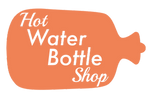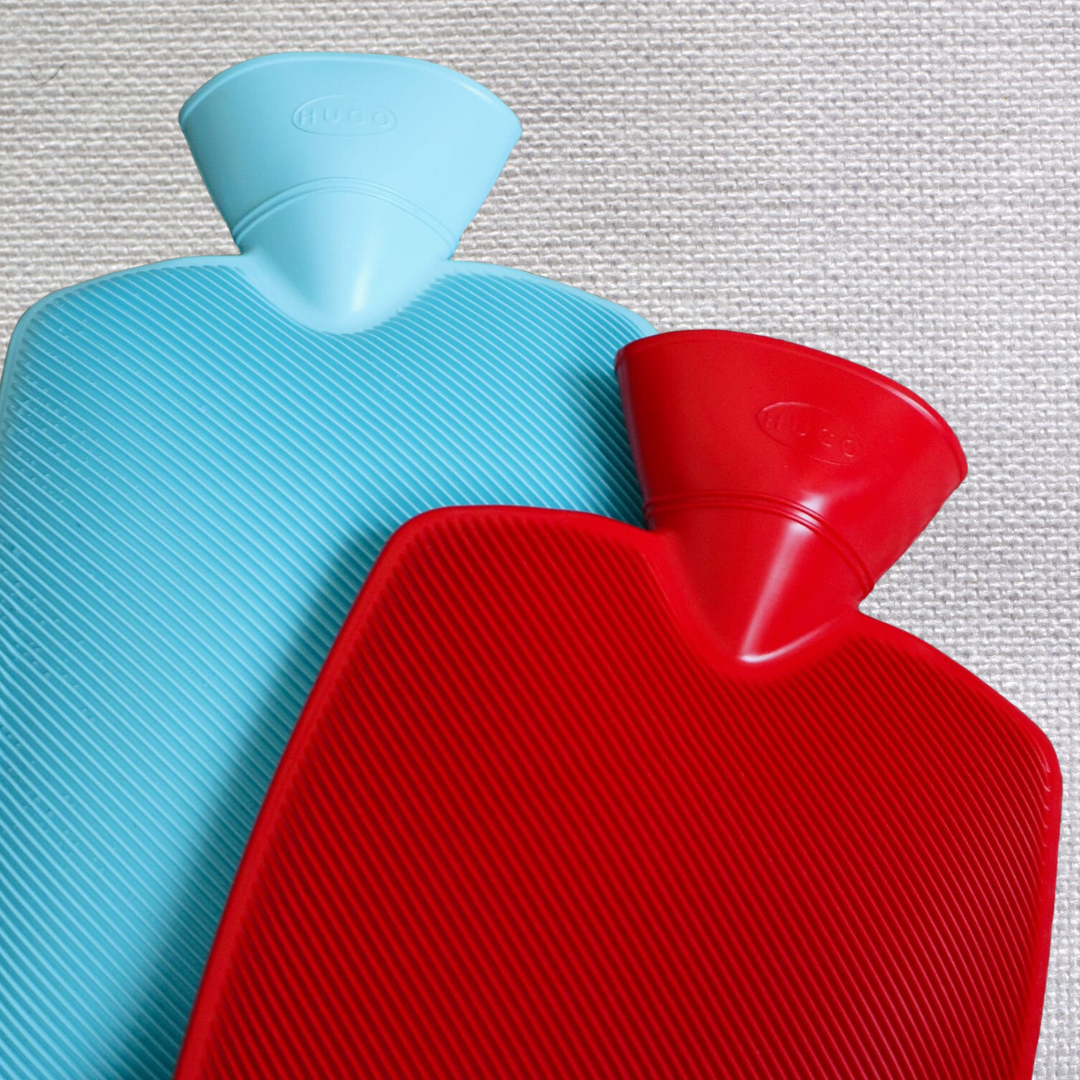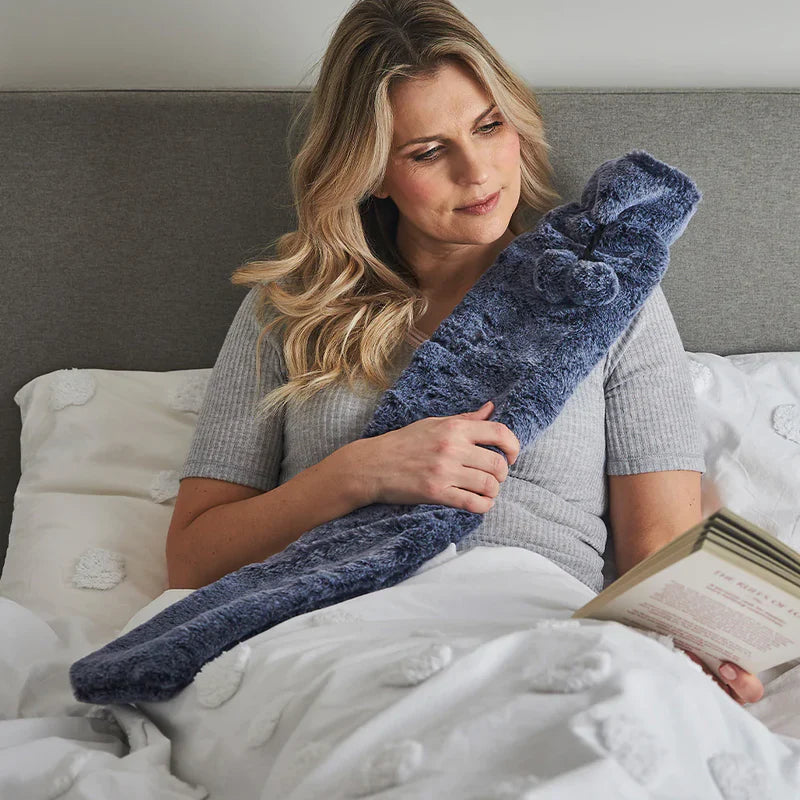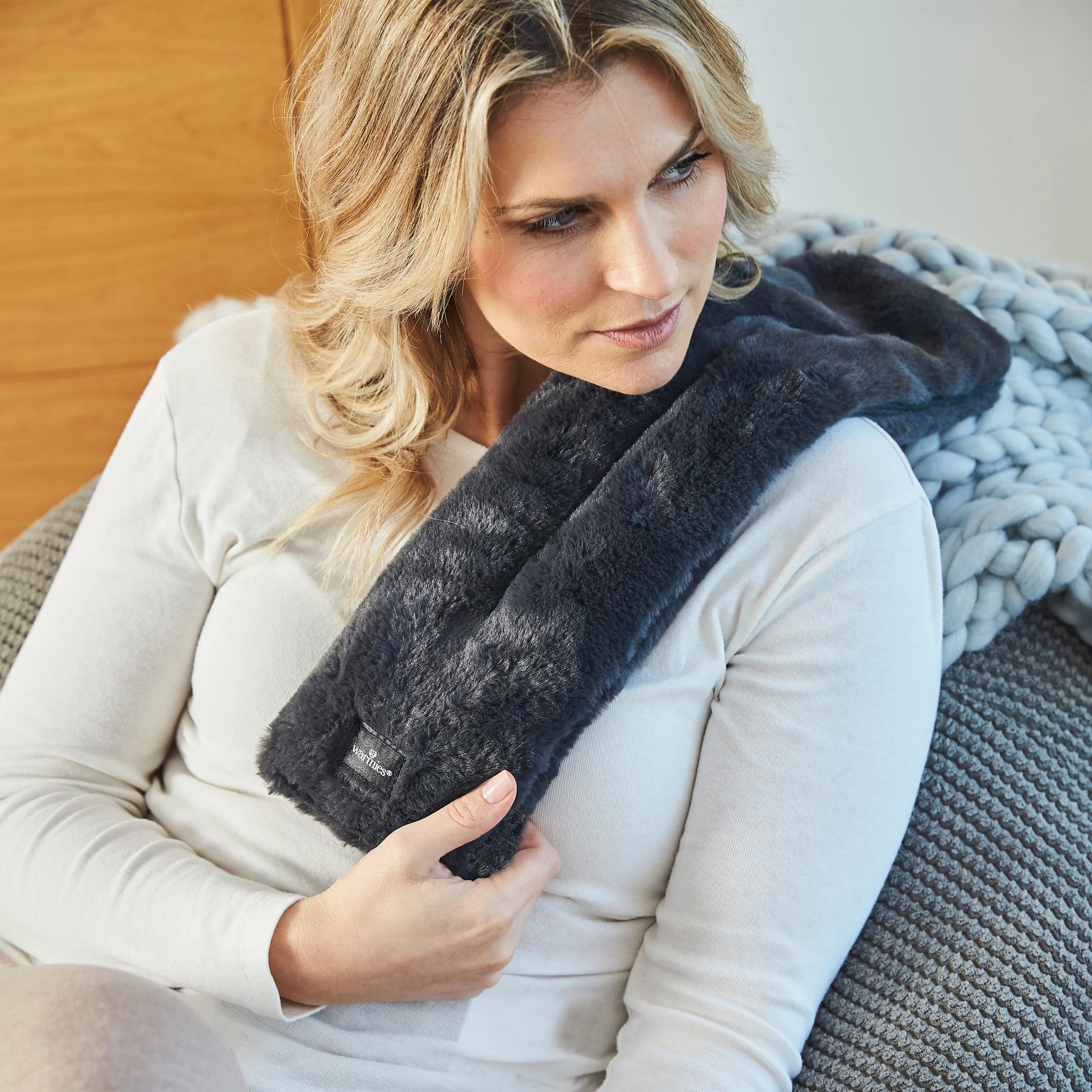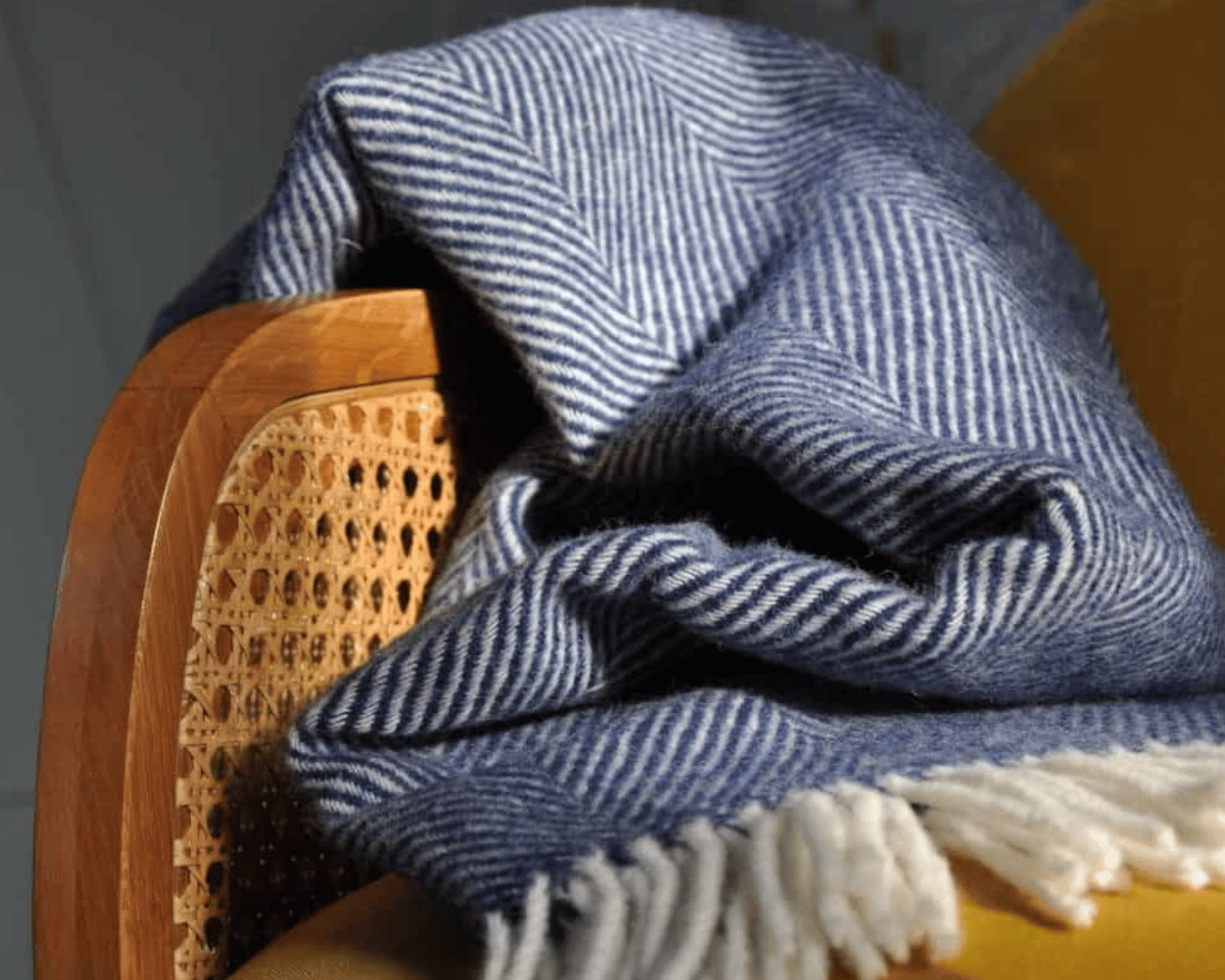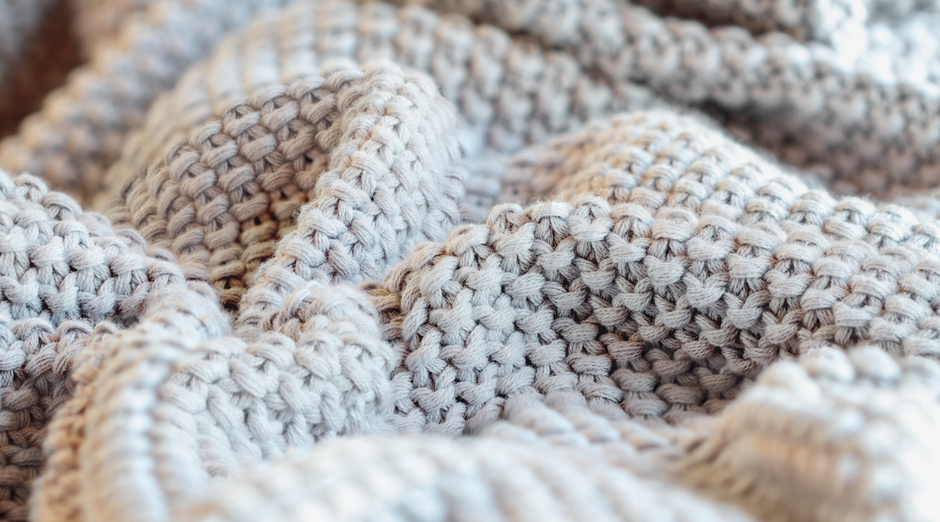Do you ever suffer from muscle pains, stiff joints or migraines and headaches? If so, heat therapy (which is also sometimes referred to as thermotherapy) may be an effective and affordable solution for you. Heat therapy relates to the use of heat for therapeutic purposes such as relieving pain and discomfort.
When is heat therapy is suitable?
One of the biggest challenges involved is forming an opinion of whether heat or cold treatment is better in a given situation.
Heat therapy is frequently used during rehabilitation, or when a person is suffering from deep tissue injuries, back, neck or muscle pain, joint stiffness, headaches or migraines.
When are heat therapies not recommended?
Heat therapy is not advisable for treatment of acute injuries or pain, as well as for inflammation, bruises and swelling. For these problems, it is advisable to use a cold treatment such as an ice pack or frozen wheat bag.
Many of our microwave body warmers and body wraps have the capability of being used for cold therapy treatments. This is typically possible by placing them in a bag within your freezer, however the product instructions should clearly state the steps as these may vary from product to product.
People with certain pre-existing health conditions should not use heat therapy without further medical guidance. Such use could make you at a greater from burns or other complications. Such conditions include: diabetes, dermatitis, vascular diseases, heart disease, hypertension, deep vein thrombosis and multiple sclerosis. Pregnant women should also seek professional medical advice before using heat therapies including hot tubs and saunas.
Please seek professional advice to determine which type of treatment is better for you. It may even be the case that a mixture of both hot and cold treatments is desirable. Remember, heat treatment should also not be applied on open wounds.
How does it work?
Heat therapy is effective at increasing the temperature of the area of your body to which it is applied. This results in improved circulation as blood is driven to warmer areas of the body. The increased blood flow provides additional proteins, nutrients, and oxygen. This means that heat therapy is able to help relax and soothe your muscles as well as heal damaged tissue. The heat also works locally to reduce discomfort and increase the flexibility of your muscle.
What types of heat therapies exist?
There are two main types of heat therapy available: dry heat and moist heat therapies. It is important to not misinterpret the term “heat”which is meant to represent a warm, comfortable temperature not a hot and potentially dangerous temperature.
Dry heat therapy, also known as conducted heat therapy, includes therapy involving microwave body warmers, body wraps, dry heating packs and saunas. Moist heat therapy, also known as convection heat, may use steamed towels, moist heating packs and hot steam baths. You may find that moist heat therapy treatments, if available, may work more quickly and effectively.
When deciding upon the form of heat therapy treatment to use, you should also consider whether the problem is local, regional or throughout your entire body, as this will dictate what specific treatment is most suitable.
Local treatment is useful when only a small area of your body is affected, for example a stiff neck muscle. To treat a local injury you can use products such as a hot water bottle, microwave body warmer, or small heated gel packs.
Regional treatment is useful where the injury or pain is more widespread and affects a larger area of the body, for example simultaneous pain in lower and upper back. To treat regional pain and injuries you can use products such as a microwave neck warmer, heat wraps, large steamed towels or heating pads.
Full body treatment is necessary where the injury or pain affects a significant part or the majority of your body, for example general stiffness after a competitive game of rugby. To treat this, it is recommended to use a hot tub, steam bath or sauna.
How long do I need to apply the treatment for?
Heat therapy is often required for longer periods of time than cold therapy in order to be effective. Minor problems including mild stiffness or tension can typically be improved after 15 or 20 minutes of local heat therapy treatment. More moderate or severe pain may require a longer session of over 30 minutes. Some treatments last for a lot longer, sometimes up to two hours. Please be aware that every condition is different so you should ask your medical professional for more specific information and guidance.

Final word
Heat therapy may be suitable and effective for you especially if you are suffering from a condition such as muscle pain or joint stiffness. Treatment may involve the use of products such as hot water bottles, microwave body warmers, heating pads, steam baths and saunas. Treatments involve applying heat to specific parts of the body to relieve pain and improve health. The heat achieves this by improving blood flow and circulation. Heat also reduces discomfort and increases muscle flexibility.
As every condition and individual is different, we always recommend seeking advice for a medical professional before carrying out any treatment.
